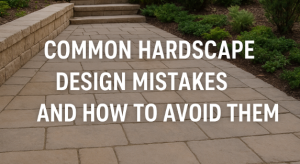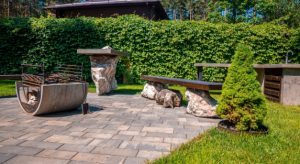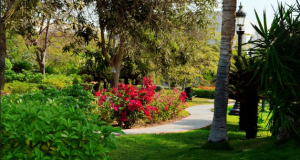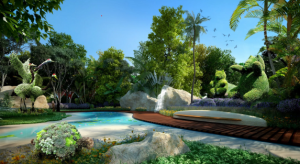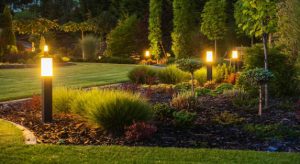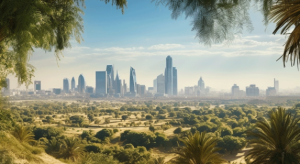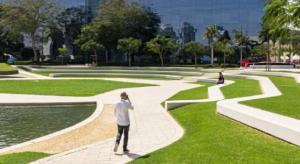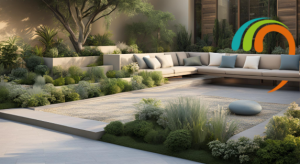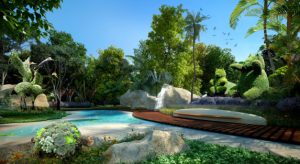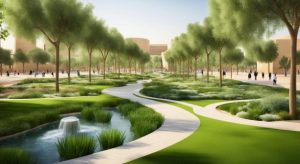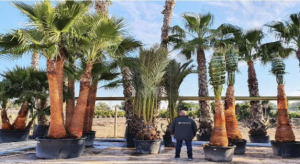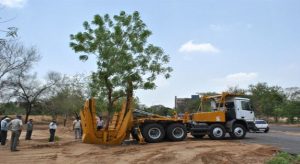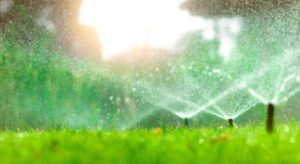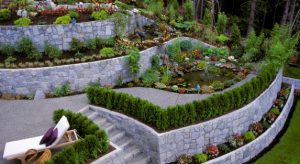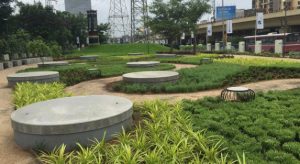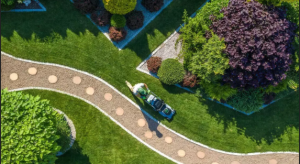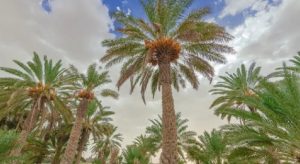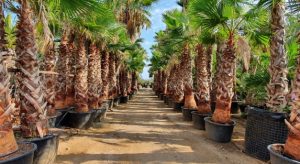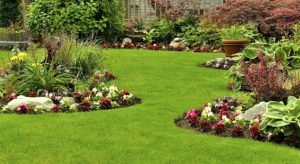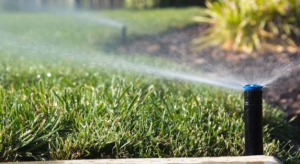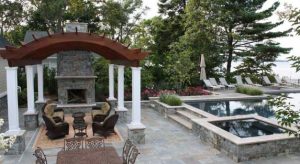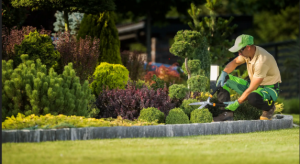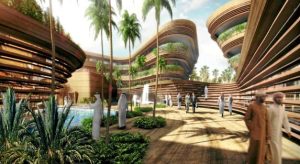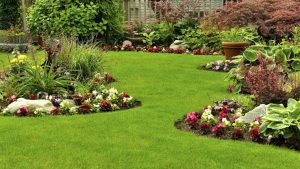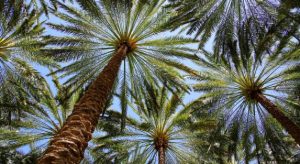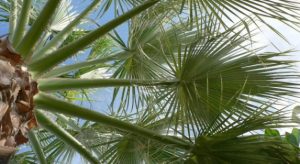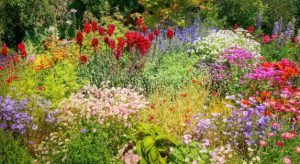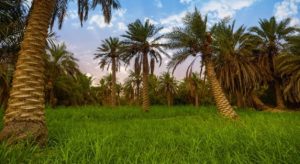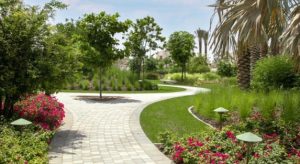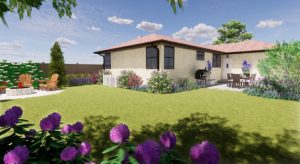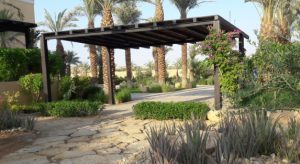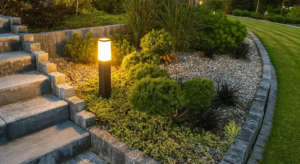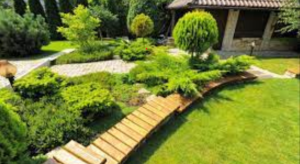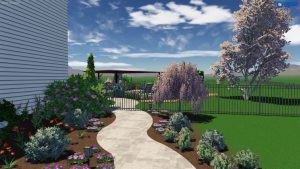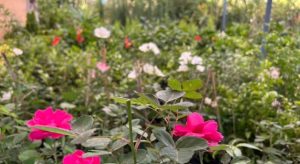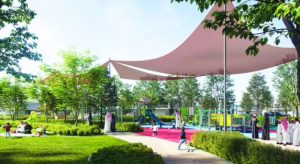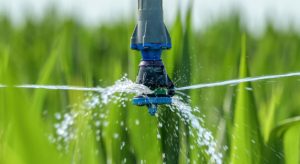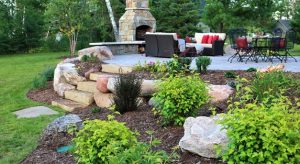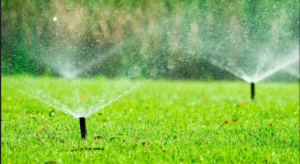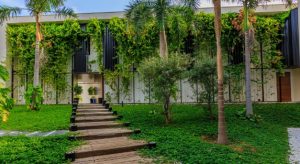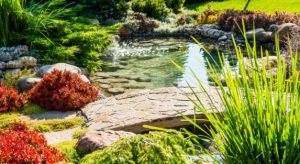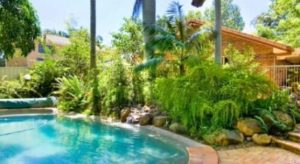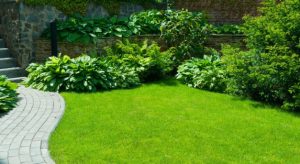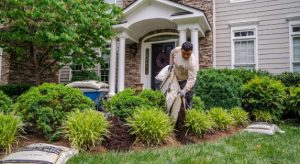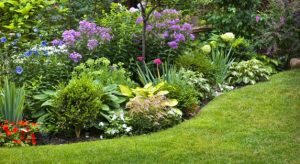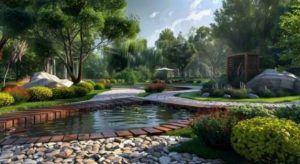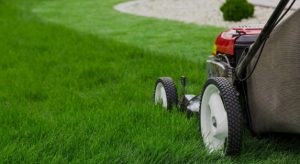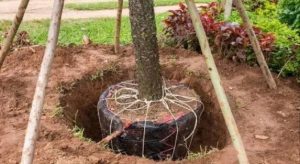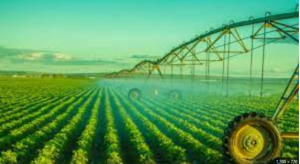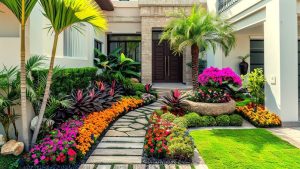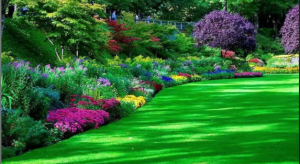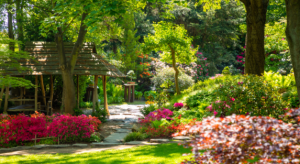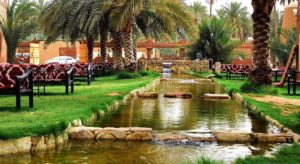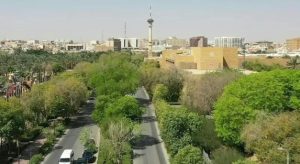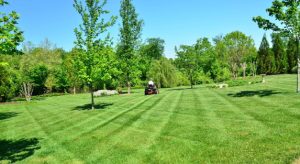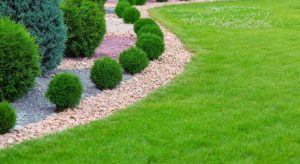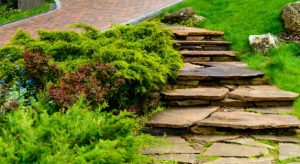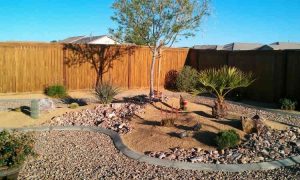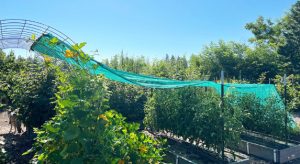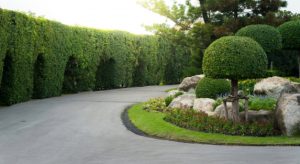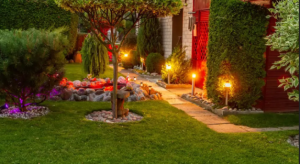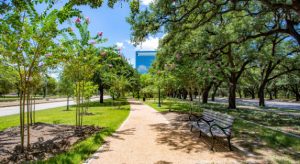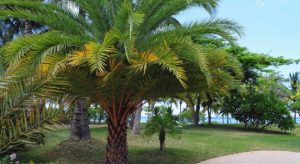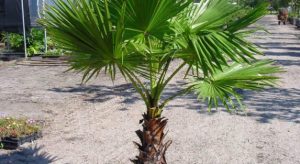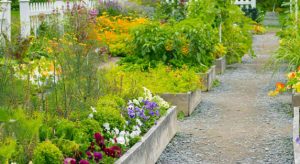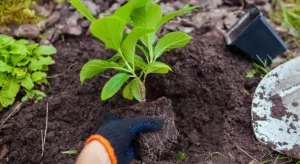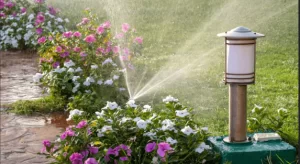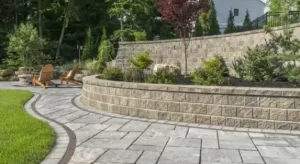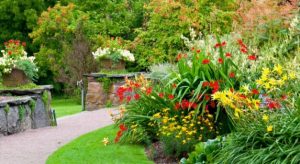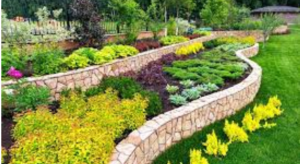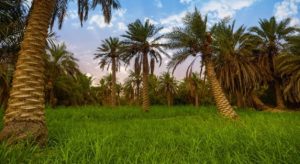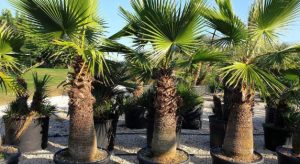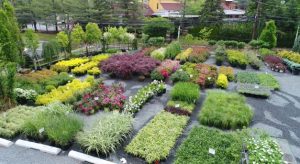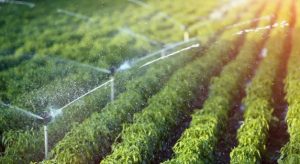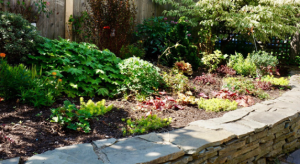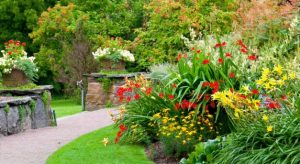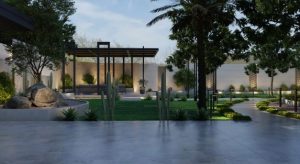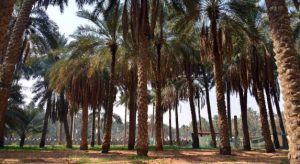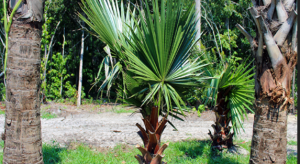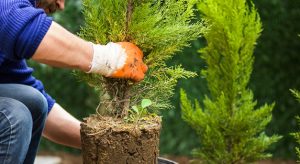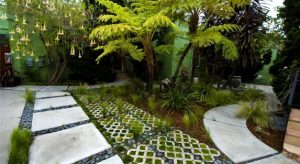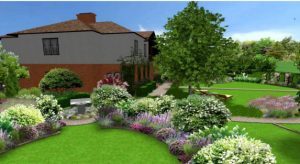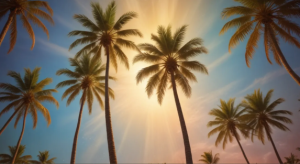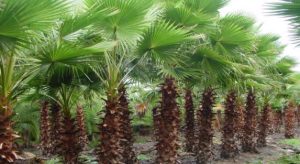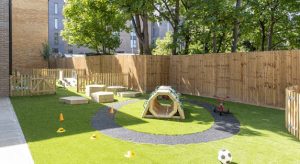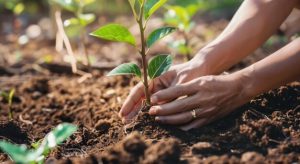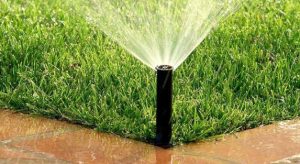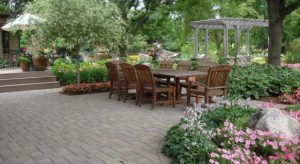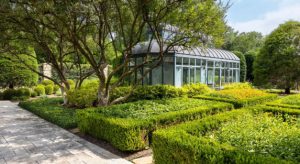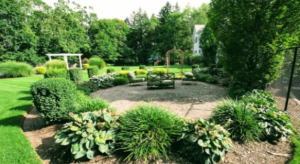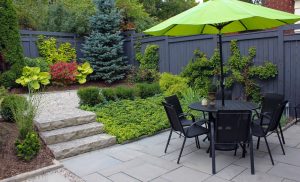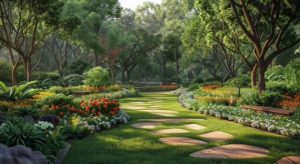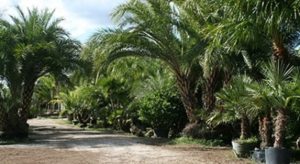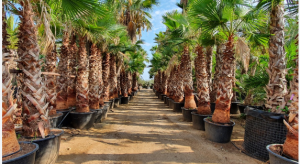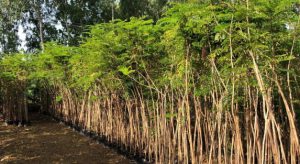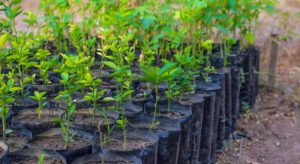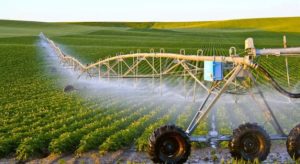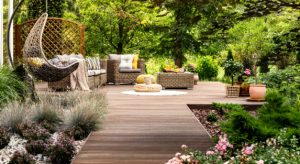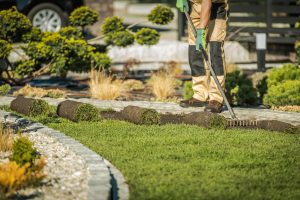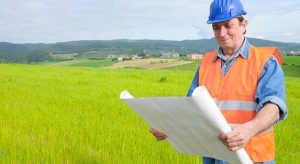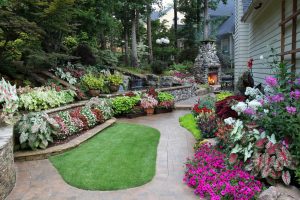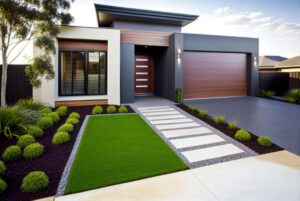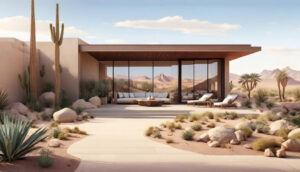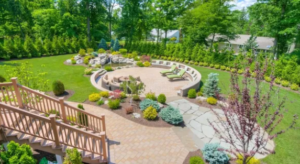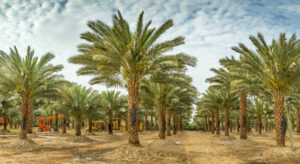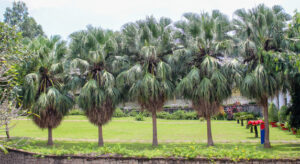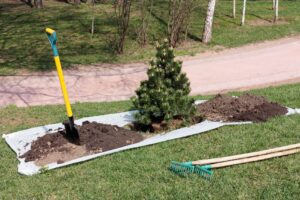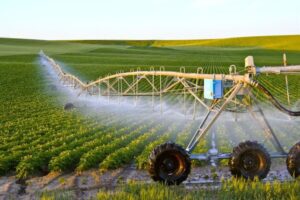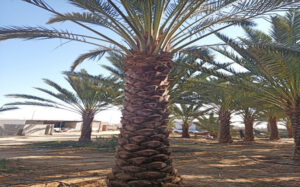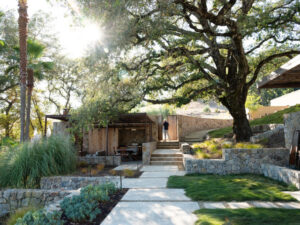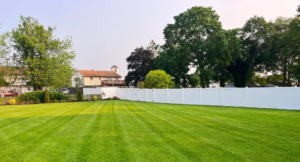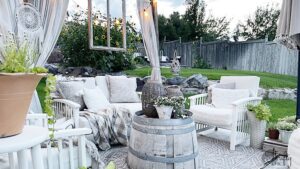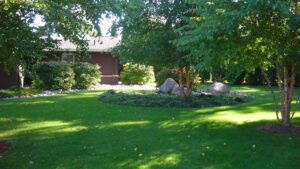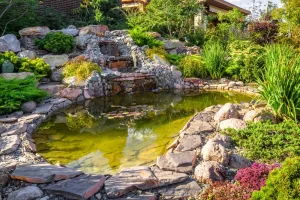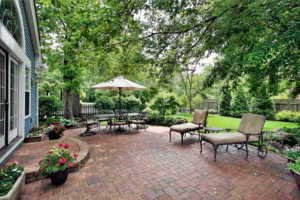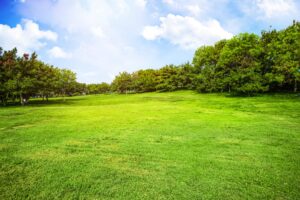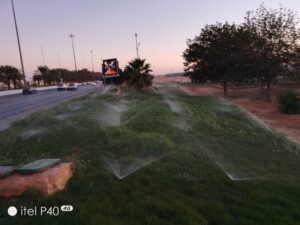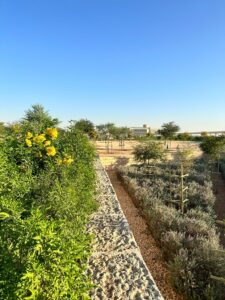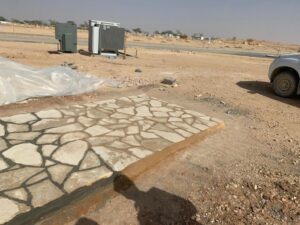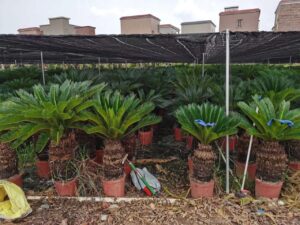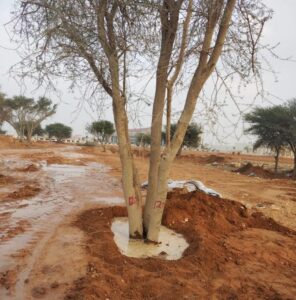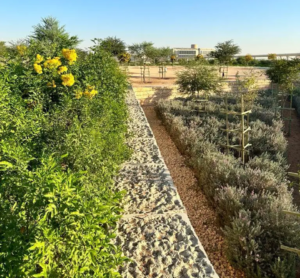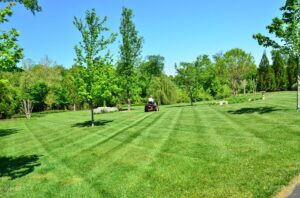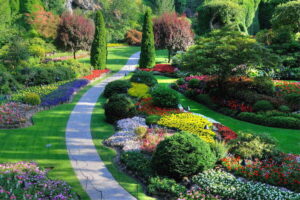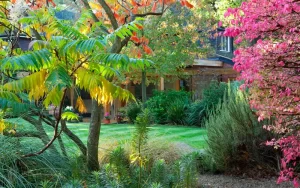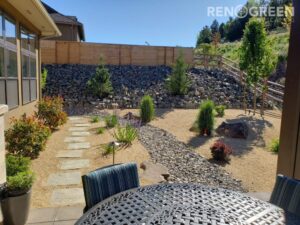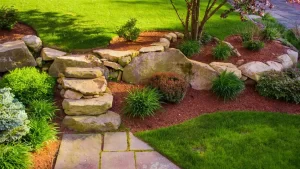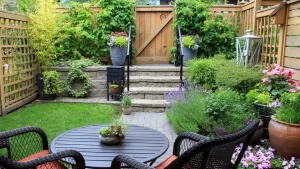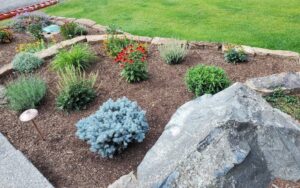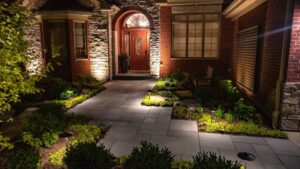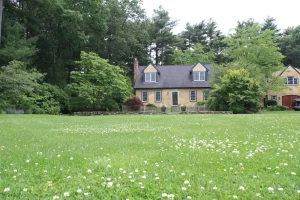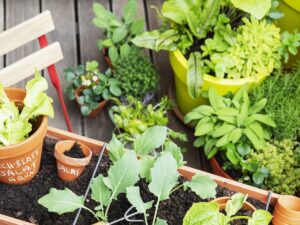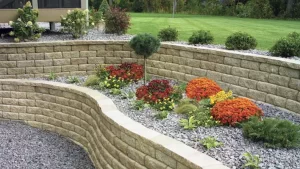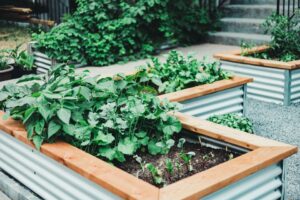Expert Tips for Maintaining Washingtonia Trees in Saudi Arabia’s Climate
4 July, 2025
Saudi Arabia’s arid climate, intense sun, and limited rainfall create a unique set of challenges for anyone hoping to maintain lush, vibrant landscaping. One of the most popular choices for beautifying public and private spaces across the region is the Washingtonia tree—a hardy, elegant palm that offers both aesthetic appeal and drought tolerance. But even hardy palms need proper care to thrive in such extreme conditions.
Whether you're a homeowner looking to enhance your garden or a landscape professional sourcing from a trusted Washingtonia tree supplier in Saudi Arabia, these expert tips will help you maintain your trees in top condition year-round.
1. Choose the Right Washingtonia Variety for Your Landscape
Washingtonia palms generally come in two main varieties: Washingtonia robusta (Mexican Fan Palm) and Washingtonia filifera (California Fan Palm). While both are well-suited for dry environments, Washingtonia robusta is often preferred in Saudi Arabia for its taller, slender appearance and greater drought resistance.
A reliable Washingtonia tree supplier in Saudi Arabia can guide you in choosing the best variety based on your location, soil type, and landscaping goals. Opting for healthy, well-rooted specimens from a professional nursery ensures a better survival rate and stronger growth in harsh conditions.
2. Proper Planting Is the Foundation of Long-Term Health
Planting your Washingtonia palm correctly is half the battle won. These trees need well-drained soil to avoid root rot, a common issue in overwatered landscapes. Create a wide, shallow planting hole, and make sure the root ball is level with the surrounding soil. Avoid burying the trunk too deep, as it can lead to fungal infections and stunted growth.
If you're unsure about soil quality, consult with a local landscape expert or your Washingtonia tree supplier. Many suppliers in Saudi Arabia offer guidance—or even turnkey services—that include site preparation, planting, and follow-up care.
3. Strategic Watering for Optimal Growth
Despite their drought tolerance, newly planted Washingtonia trees require consistent watering during the first 6–12 months to establish strong roots. In Saudi Arabia’s heat, deep watering once or twice a week is recommended. Once established, you can gradually reduce the frequency.
Drip irrigation systems are highly effective in palm tree maintenance, delivering moisture directly to the root zone without wastage. Keep in mind, overwatering can be as harmful as underwatering—so always strike a balance. Your Washingtonia tree supplier in Saudi Arabia may even offer irrigation design recommendations tailored to local microclimates.
4. Fertilization: Feed to Flourish
In Saudi Arabia’s sandy, nutrient-poor soil, Washingtonia trees benefit greatly from periodic fertilization. Use a slow-release palm fertilizer rich in potassium, magnesium, and manganese every 3–4 months during the growing season.
Yellowing fronds often indicate a deficiency that can be corrected with the right nutrient blend. Many experienced Washingtonia palm tree suppliers in Saudi Arabia sell custom fertilizers specifically designed for desert palm species. A quick consultation can save you time and guesswork.
5. Pruning with Care: Less Is More
Pruning is essential, but it’s important to do it correctly. Over-pruning can expose the trunk to sunburn and rob the tree of its natural protection. Only remove fronds that are completely brown and hanging downward. Leave the green, healthy fronds intact as they help with photosynthesis and overall strength.
Be especially cautious with young trees. If you’re unsure, hire a trained arborist or consult your Washingtonia tree supplier for pruning best practices. Some even offer annual maintenance services to keep your trees looking their best without risking damage.
6. Protect Against Pests and Disease
Although Washingtonia palms are hardy, they can still fall prey to pests like red palm weevils or fungal infections, especially if overwatered or poorly maintained. Regular inspections can catch early signs of infestation, such as boreholes, wilting, or trunk damage.
Your local Washingtonia tree supplier in Saudi Arabia can be an excellent resource for pest control products, biological treatments, and disease-resistant tree varieties. Prevention, paired with early action, goes a long way in protecting your landscape investment.
7. Understand Seasonal Shifts in Care
Saudi Arabia’s climate varies slightly by region and season. In the scorching summer, ensure your trees are well-hydrated but not waterlogged. Mulching around the base can help retain moisture and protect the roots from extreme heat. In the cooler winter months, reduce watering and fertilization as tree growth naturally slows.
Established Washingtonia tree suppliers often provide seasonal care guides and offer maintenance contracts that take the guesswork out of year-round tree health. Their insights, based on years of experience in Saudi conditions, can be invaluable.
Conclusion: Partnering with the Right Supplier Makes All the Difference
Washingtonia trees are more than just a landscaping element—they are symbols of resilience and elegance, standing tall amidst the desert landscape. With proper care, they can enhance residential gardens, hotel courtyards, public parks, and corporate campuses across Saudi Arabia.
By following these expert tips and working with a reputable Washingtonia tree supplier in Saudi Arabia, you’ll not only maintain but elevate the beauty and vitality of your outdoor space. A trusted supplier offers more than just trees—they offer knowledge, support, and a long-term investment in your landscape’s success.
- Fountain and Waterfalls
- Gardening
- hardscape
- Irrigation system
- Landscape
- Lawn
- Nursery
- Palm Tree
- Plantation and Maintenance
- softscape
- Tree Transplanting
- Washingtonian Tree
Categories
Latest Post
- Fountain and Waterfalls
- Gardening
- hardscape
- Irrigation system
- Landscape
- Lawn
- Nursery
- Palm Tree
- Plantation and Maintenance
- softscape
- Tree Transplanting
- Washingtonian Tree





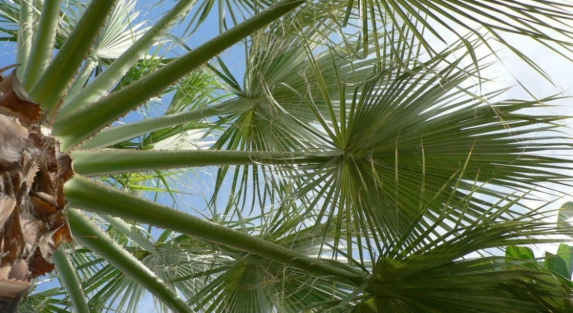
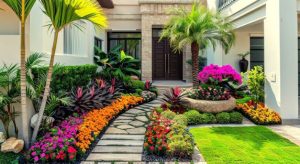
 .
.